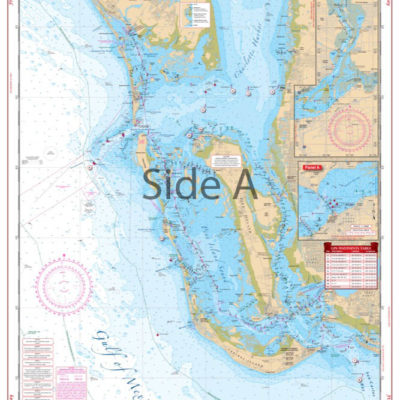No matter if you are brand new to the water, or have spent years boating, you need to know and take heed to the boating rules of the road. Disobeying common boating rules can upset other boaters, get you a ticket, or cause a collision injuring yourself and others. We’ll walk you through some of the boating rules you may not know, such as use of horns, right of way, and more. So next time you are on the water you can be confident you are following the rules to a T.
Horn Blasts
Horns are a way of signaling to other boats.
- 1 short blast: Indicates your intention to turn starboard
- 2 short blasts: Same as above but you are directing course to the port side
- 3 short blasts: Engines going in reverse
- 5 or more blasts: Signaling danger to another vessel to indicate you don’t understand their intentions or that their course is dangerous
- Long blast (4-6 seconds): Indicates situations of restricted visibility such as fog
An example of using a horn is when you are behind another vessel. You want to pass this vessel on the vessel’s port side. You will do 2 short blasts, and wait to receive blasts from the other vessel. If they give 2 short blasts then you have permission to pass. If you get 5 or more blasts in return, then you are not allowed to pass.
Right of Way
Between powerboats and sailboats (or those being rowed or paddled), powerboats must always yield to non-motored boats.
Anchoring at Night
If you plan to anchor at night (between sunset and sunrise) you are required to display a white light at the front of the vessel. This light is visible for at least 2 miles in all direction.
Crossing Rules
When two boats come are crossing in front of each other there is a standard crossing procedure. The boat on the right is considered the “stand on vessel” and the other is the “give way vessel”. The give way vessel will yield to the stand on vessel.
Red Right Return
This saying is an easy way to remember the meaning of the red and green buoys. Red buoys should be on the right side of the channel when returning from open seas. Green indicates the left side of the channel when returning from open seas.

